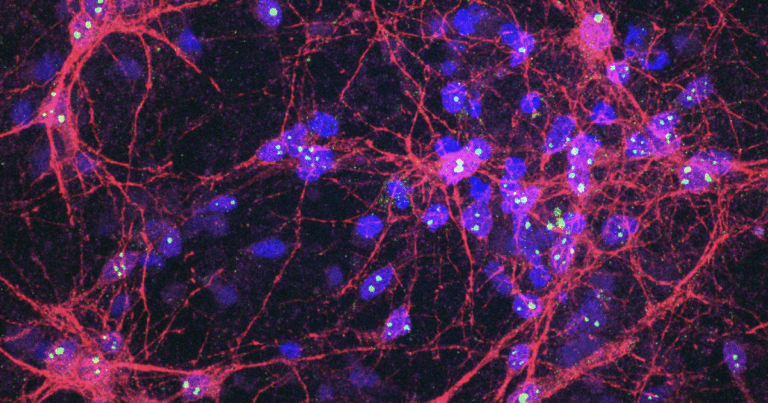Sir Keir Starmer hopes he has averted the biggest rebellion of his premiership by agreeing to dilute his controversial welfare reforms, but he will be left counting the political and financial costs for years to come.
The sudden capitulation came during hastily-arranged, surreptitious talks with senior Labour MPs in Westminster on Thursday. It will carry a hefty price tag of more than £1.5bn — and invite questions over how a Labour government with a gargantuan majority has found itself so close to a House of Commons defeat.
When more than 100 Labour MPs vowed on Monday to vote against Starmer’s welfare bill, the guerrilla operation sent shockwaves through Downing Street.
Despite warnings from the whips’ office about the brewing rebellion — and one of the whips resigning last week over it — the prime minister’s team had miscalculated how many MPs were prepared to “go rogue”.
They had also underestimated their backbench MPs, who had organised furtively with only quiet chats and notes on paper. WhatsApp groups, so ubiquitous in Westminster, were banned to avoid leaks.
But the extent to which ministers, political operatives and whips sought to crush the mutiny raised eyebrows even among veterans of parliamentary struggles: “This has created a civil war which will last for the next three years,” said one MP.
On Wednesday Starmer, focused on a Nato summit, was still publicly dismissing concerns about the uprising, but the party machine was panicking. Defeat on a key vote less than a year into power would risk fatally undermining the Starmer project.
Soon after his return from The Hague, the prime minister signalled a U-turn was coming, and by Thursday afternoon was thrashing out the details of a potential compromise with senior MPs, including chairs of select committees.
On Thursday evening, as the concessions emerged, rebel Labour MPs were discussing whether they were enough to make them walk back from the brink.
“These are significant changes, they’ve listened and they’ve heard and they’ve made the changes,” said one MP. “I think colleagues will be won over.”
Starmer offered to limit cuts to the main disability benefit (Personal Independence Payment, or Pip) to new claimants at a cost of £1.5bn-a-year, bring forward a £1bn package of employment support payments to this year, and consult on the reforms, according to MPs. Together that will hugely reduce the intended £4.8bn savings from the original package.
It was a major compromise, at odds with attempts earlier in the week to browbeat rebel MPs into submission. But some rebels were still uncertain, with some concerned that new, younger claimants of Pip would still be hit with lower benefits.
Rachael Maskell, the MP for York Central, said the bill “cannot and must not be saved”, adding: “Any concessions will still cause harm to disabled people. The only option is to withdraw the bill, rethink and start to rebuild trust with disabled people.”
After belatedly recognising the scale of the crisis, senior government figures, including deputy prime minister Angela Rayner, chancellor Rachel Reeves and her sister Ellie Reeves, the party chair, were dispatched days ago to try to bring the rebels into line,
One MP was told their next election campaign would be defunded unless they fell into line. Another had it relayed they would be deselected and their parliamentary future would be over. Others were warned they could be ousted as chairs or members of select committees.
But even as the Labour leadership tried to turn the screw, the number of backbenchers joining the insurrection increased from 108 on Monday to more than 120 MPs.
Even if Starmer’s compromises succeed, the revolt may leave him as a diminished leader. Observers are asking how the prime minister was blindsided by the biggest revolt of his premiership, involving scores of MPs who had hitherto been seen as loyal lobby fodder.
The seeds were sown in March when Liz Kendall, welfare secretary, set out plans to save nearly £5bn from the welfare budget. The biggest reform would be narrowing eligibility for Pip, the main disability benefit.
Kendall has tried to sell the reforms as an attempt to give back the dignity of work to some of Britain’s 2.8mn people who are currently inactive due to long-term sickness.
But many MPs have been inundated by disabled constituents worried about what the cuts will mean in practice. The proposals would have removed benefits from at least 800,000 people, many of whom need help using the toilet or washing themselves.
“The rebels are decent people, they are not headbangers, most of them, they are people who are deeply worried,” said one former Labour frontbencher.
Starmer’s closest aides — “the Starmtroopers” — had congratulated themselves that they had weeded out left-wing radicals from Labour’s candidates for last year’s general election.
Yet many of the new intake have a background in the charity sector or health, while others have friends or family with disabilities.
“The fact that it’s centrists who are revolting should tell the government something,” one Labour MP said. “It’s far more dangerous than if it was just the usual suspects on the left.”
Those teetering on the edge of dissent were emboldened last month when Starmer announced a £1bn U-turn on the government’s highly unpopular cuts to winter fuel payments for pensioners.
But ministers feared that giving in to pressure would stoke further rebellions, for example over the two-child benefit cap. “The new intake of backbenchers are starting to find their feet — and they’ve realised they have a lot of power,” one MP said.
The risk of Starmer’s compromises is that it could make it even more difficult for his government to get through future reforms or cuts — at a time when the UK’s debt levels already putting gilt markets on edge.

Government U-turns are putting increasing pressure on chancellor Rachel Reeves’ fiscal rules and increasing the odds of tax rises this autumn, economists have warned. Ruth Gregory at Capital Economics said the chancellor may need to raise between £10bn and £20bn.
Some say Reeves, with her determination to balance the books, is responsible for the crisis, while others point the finger at Starmer’s chief of staff Morgan McSweeney. Others say the culprit is Number 10’s influential policy director Liz Lloyd.
Still others blame the prime minister for an initial stubbornness that allowed the situation to spiral.
One MP said on Thursday before the last-ditch talks: “I’ve never seen so much bad blood. Both sides are raging.” It remains to be seen how quickly that anger will dissipate.















